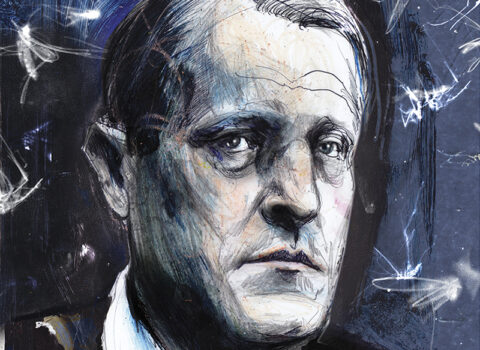What a glorious time it is to be an American woman novelist! Oprah Winfrey has only to say a writer’s name—so far, most of her book-club choices have been novels by women—and hundreds of thousands stampede the bookstores in search of the lucky author’s work. Most books are bought by women, who tend to read novels by female authors. One of our two living Nobel laureate novelists is an African-American woman. Women edit major magazines—The New Yorker, The Nation, The New York Review of Books—aimed at readers of both sexes. Women are top decision makers at America’s ten biggest…
Sign in to access Harper’s Magazine
We've recently updated our website to make signing in easier and more secure
Sign in to Harper's
Hi there.
You have
1
free
article
this month.
Connect to your subscription or subscribe for full access
You've reached your free article limit for this
month.
Connect to your subscription or subscribe for full access
Thanks for being a subscriber!
Get Access to Print and Digital for
$23.99 per year.
Subscribe for Full Access
Subscribe for Full Access

















































































































